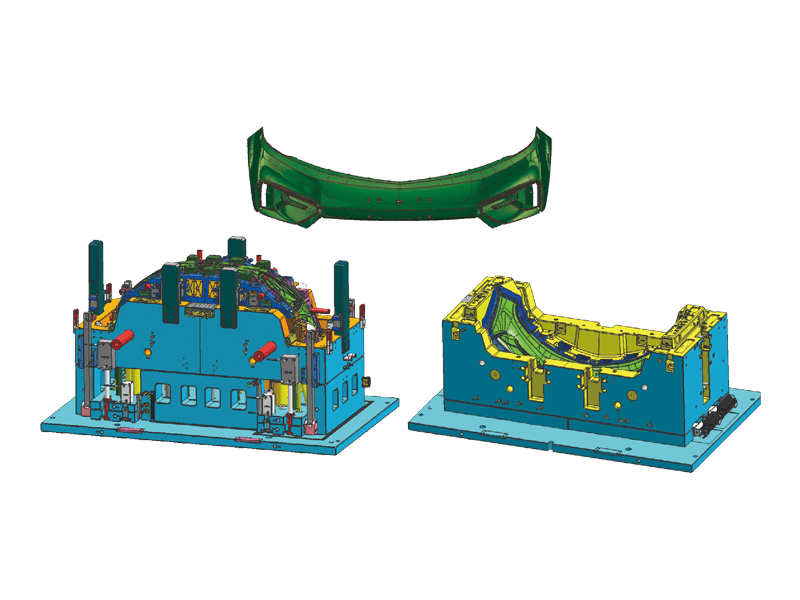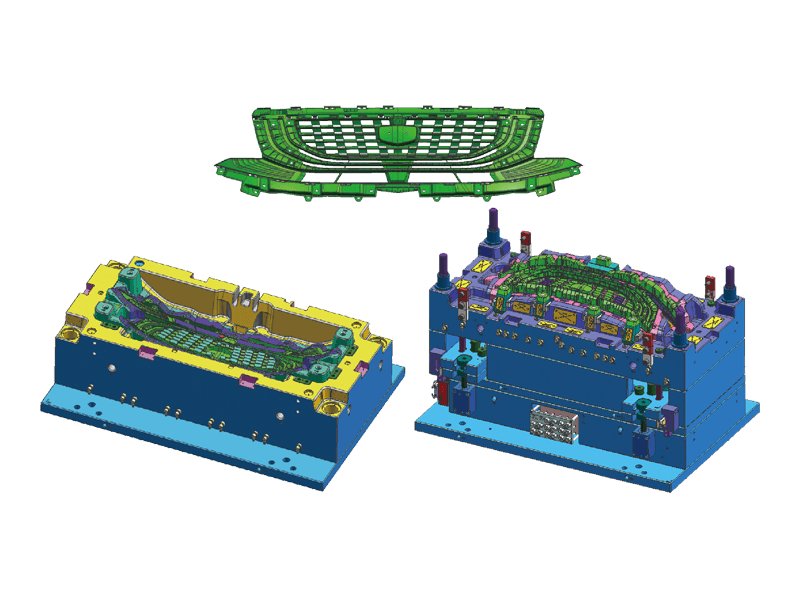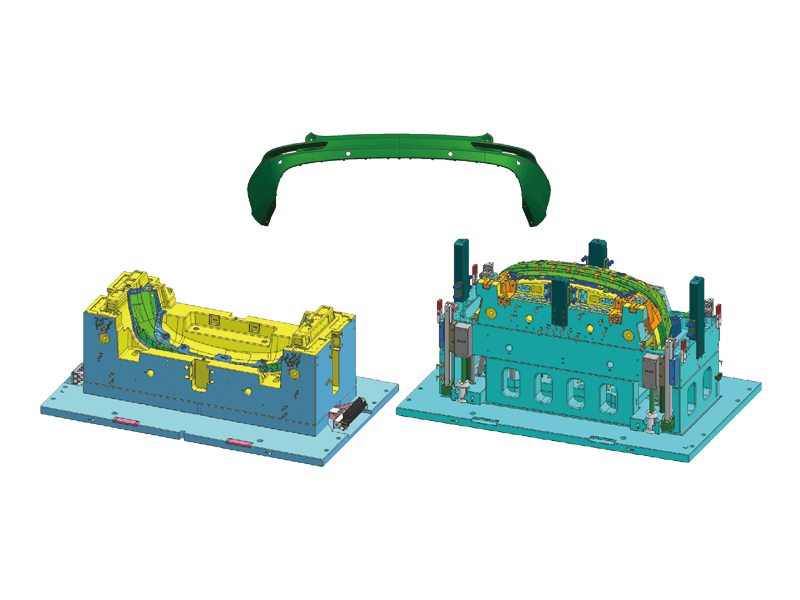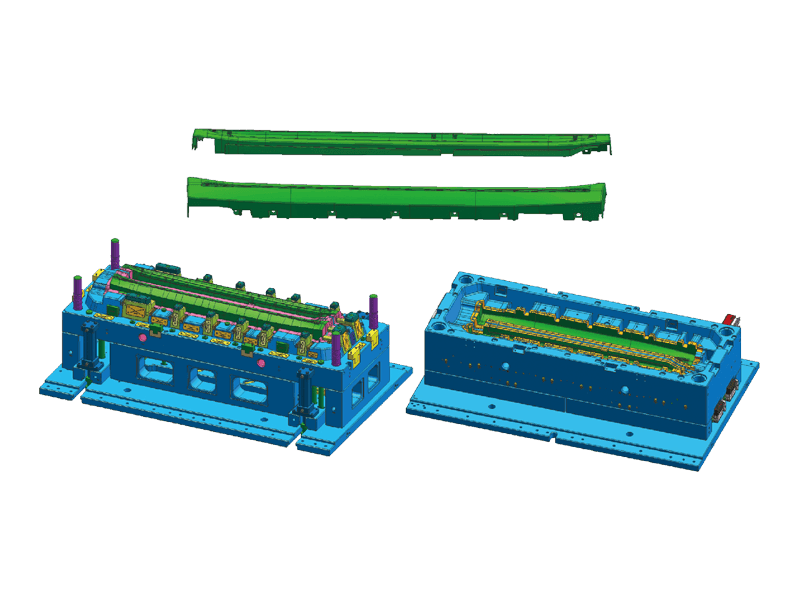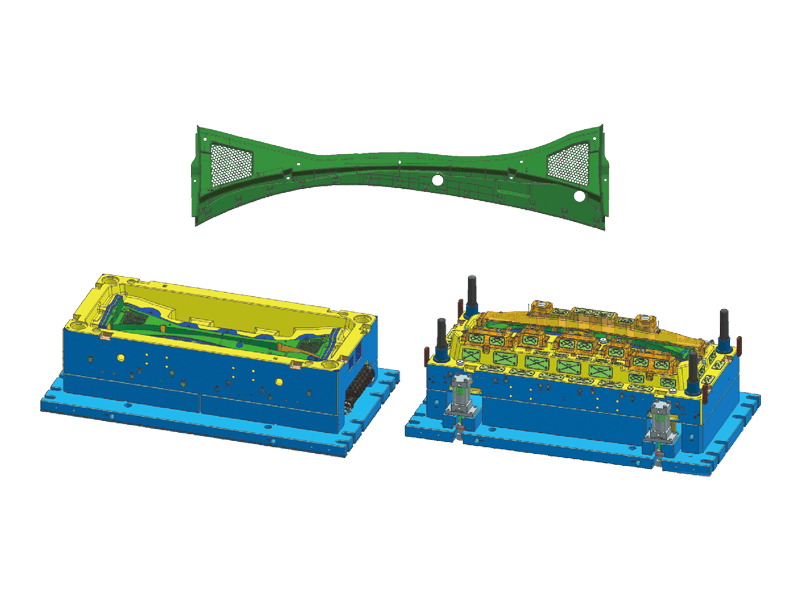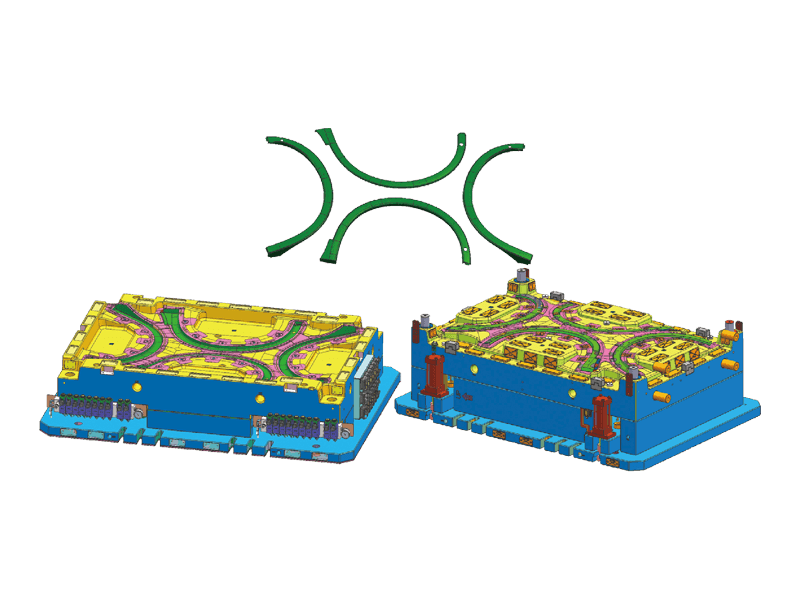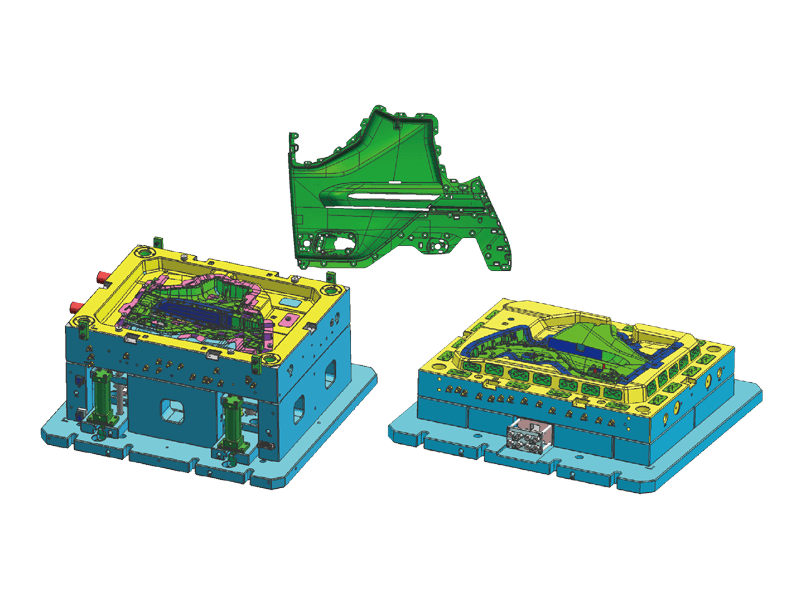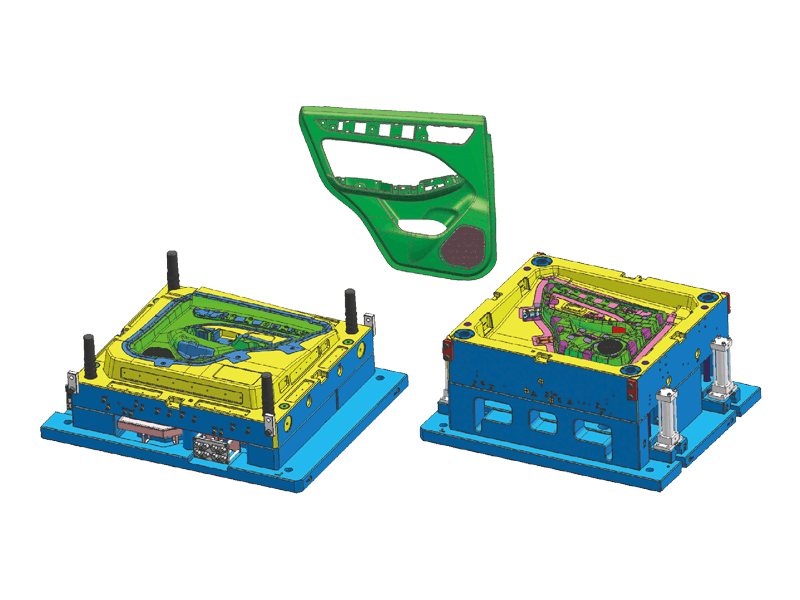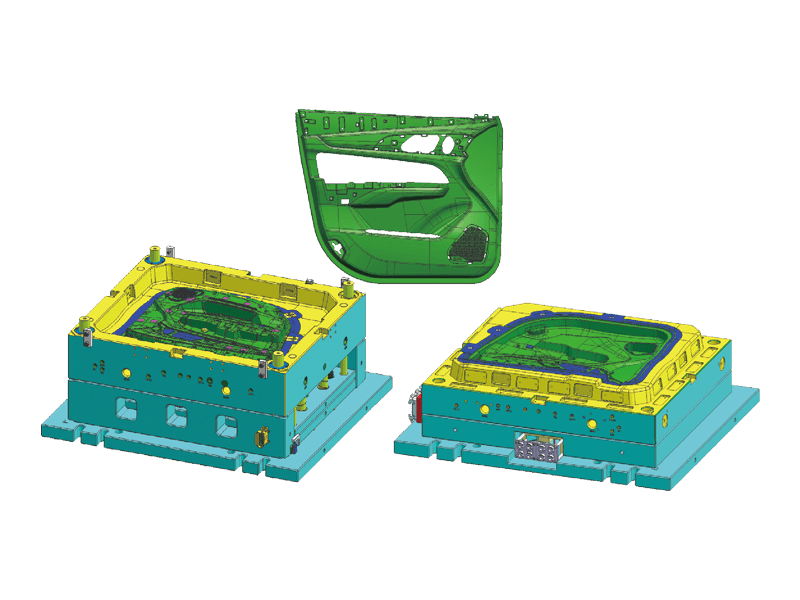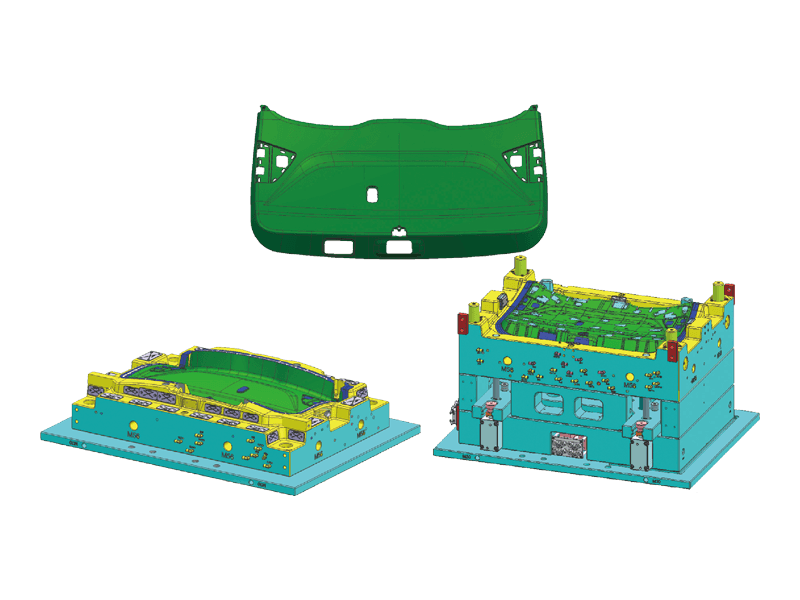Auto Plastic Rear Bumper Injection Molding is a critical process in the automotive industry that significantly contributes to the production of durable, lightweight, and cost-effective vehicle bumpers. As automobile manufacturers increasingly seek ways to enhance vehicle safety and reduce manufacturing costs, this process has become central to modern car production.
What Is Auto Plastic Rear Bumper Injection Molding?
Auto Plastic Rear Bumper Injection Molding is a specialized manufacturing technique where molten plastic is injected into a mold cavity shaped like the rear bumper of a vehicle. Once the plastic cools and solidifies, the mold is opened, and a finished bumper is ejected. This method ensures high-volume production of bumpers with consistent quality and little material waste.
The plastic materials commonly used in this process include thermoplastics such as polypropylene (PP), acrylonitrile butadiene styrene (ABS), and thermoplastic olefins (TPO). These materials offer a good balance of impact resistance, flexibility, and surface finish quality, making them good for automotive applications.
The Importance of Auto Plastic Rear Bumper Injection Molding
Auto Plastic Rear Bumper Injection Molding plays a crucial role in vehicle design and functionality. Rear bumpers are not only cosmetic elements but also vital safety components that absorb impact in collisions. By using plastic injection molding, manufacturers can create bumpers that meet strict crash safety standards while remaining lightweight, which improves fuel efficiency and reduces overall vehicle weight.
Moreover, Auto Plastic Rear Bumper Injection Molding allows for seamless integration of design features such as mounting points for sensors, reflectors, and lights. This integration streamlines assembly processes and enhances the functionality of the rear bumper.
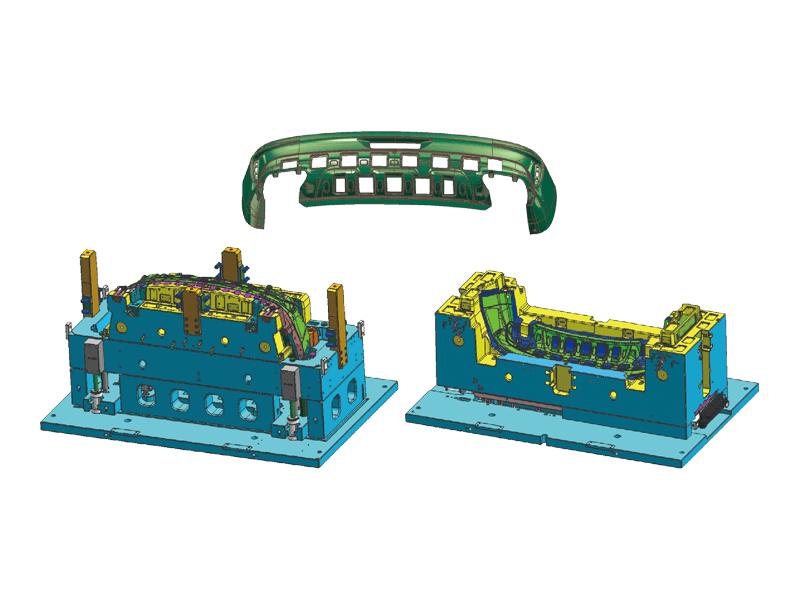
Advantages of Auto Plastic Rear Bumper Injection Molding
High Production Efficiency: One of the notable benefits of Auto Plastic Rear Bumper Injection Molding is its suitability for mass production. A single mold can be used to produce thousands of bumpers with uniform dimensions and properties.
Design Flexibility: Injection molding allows for complex and precise bumper designs that would be difficult or impossible to achieve with other manufacturing methods.
Cost-Effectiveness: Once the initial mold is created, the per-unit cost of production is relatively low, making it proper for large-scale manufacturing.
Durability and Safety: The plastic materials used in Auto Plastic Rear Bumper Injection Molding are engineered to withstand weather harshs, UV exposure, and minor collisions, ensuring long-lasting performance.
Reduced Waste: This process is highly efficient in material usage. Excess plastic can often be recycled and reused, reducing the environmental footprint of the manufacturing process.
The Molding Process in Detail
Auto Plastic Rear Bumper Injection Molding typically involves the following steps:
Designing the Mold: Engineers design a precision steel mold that reflects the final shape of the bumper. CAD software is used extensively in this phase to ensure accurate dimensions and tolerances.
Melting and Injecting the Plastic: Thermoplastic pellets are fed into a heated barrel where they melt and are injected into the mold cavity under high pressure.
Cooling and Ejection: Once the mold is filled, the plastic is allowed to cool and harden. After sufficient cooling time, the mold opens and the finished bumper is ejected.
Post-Processing: This can include trimming, painting, or assembling additional components such as brackets and sensors.
Future Trends in Auto Plastic Rear Bumper Injection Molding
As automotive technologies evolve, so does Auto Plastic Rear Bumper Injection Molding. Increasing demand for electric and autonomous vehicles is reasulting in changes in bumper design and functionality. For instance, future rear bumpers may need to accommodate more sensors and communication devices, which requires even more precise molding techniques.


 English
English 中文简体
中文简体